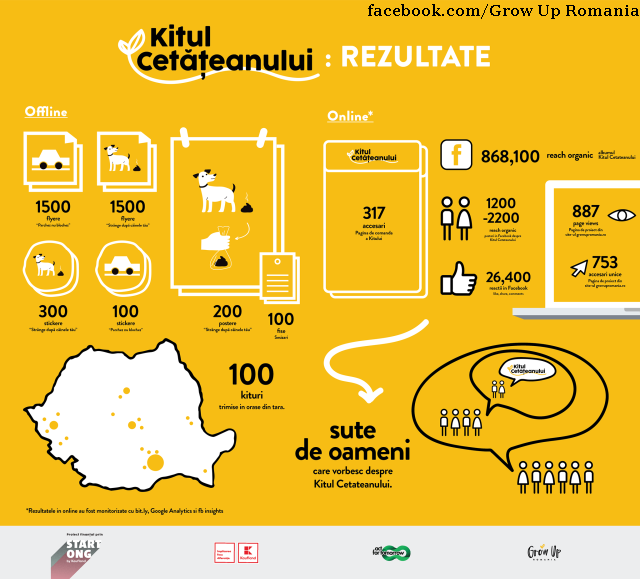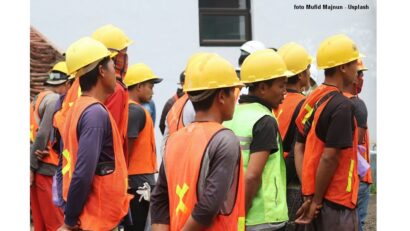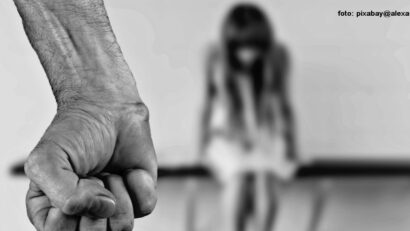Pollution and Environmental Education
The rising pollution over the last few years in Bucharest is already recognized in studies run by the EU

Christine Leșcu, 28.11.2022, 14:34
The rising pollution over the last few years in Bucharest is already recognized in studies run by the EU, which situates the Romanian capital among the most polluted on the continent. Citizens are affected by the noxious air at peak hours or in certain areas of the city. Recently, Ecopolis, an environmental NGO, ran an air quality analysis for 2021-2022, which confirms what the people in the capital are subject to. The Ecopolis analysis is based on data collected by the Aerlive.ro platform, which gathers it from 50 independent sensors placed in Bucharest and its surroundings. It also took into account results obtained from the National Network for Monitoring Air Quality with the Ministry of the Environment. Oana Neneciu, coordinator of the aerlive.ro platform, told us that the situation is the worst at the level of schools, by far:
“Over 27 schools were monitored for over a year, and they all registered as having significant amounts of particulate pollutants such as PM10 and PM 2.5. Some schools registered as much as five times the maximum level admitted for human health, and that is why we should look at schools carefully. Children are the most vulnerable citizens when it comes to air quality. They inhale the highest quantity of dust, are the closest to the ground, they are the shortest, so basically when dust is stirred up from the ground, they are the first to inhale it. Their lungs develop up to the age of 8 or 9, which means that this air full of fine particles gets into the lungs, and the particle stay there, hindering their normal development. Children are affected by pollution in various ways, including neurologically. We see more and more cases of asthma, more and more allergies among children, and this is what worries us the most.”
The situation is the worst for schools in the most polluted areas. Even though the level of pollution is quite high overall, certain periphery neighborhoods are faced with the phenomenon of garbage incineration in the rural areas around Bucharest. Here is Oana Neneciu with details:
“The most polluted areas, traditionally, are areas affected by garbage burning outside the capital, areas such as Sector 5, Rahova, Ferentari, or Giulesti, in the northwest. There is also the southern area, which is heavily polluted, close to Popesti-Leordeni, which we think is very much affected by garbage burning. The downtown area is also polluted, but mostly because of the heavy traffic. It has to be said that, within the city, the sources of dust differ. Here we are talking about improper street cleaning, or construction sites that dont comply with regulations, generating large quantities of dust, and there are more of those towards the center of the city.”
Dust is also the consequence of poor city cleaning, due to a lack of civic spirit, or a lack of cooperation from the authorities. One project that wants to rectify this situation was developed by the Grow Up Romania association, in partnership with Bucharest City Hall. The project consists mostly of civic education initiatives for school children. In addition, considering the high level of pollution that afflict schools, it is also a project that involves students and teachers in awareness raising and attempting to stop the phenomenon:
“This is an urban exploration and civic education project. We call it I Take Care of My City, and it consists of 30 cards with information and suggested activities related to nature, community, neighborhood, and traffic rules. We are trying to touch on as many topics as we can, helping the little ones understand better their city and appreciate it, but also helping them learn the rules of living communally at an early age, by playing. This is why each card has on its face some piece of introductory information, and on the back an activity that can be enjoyed with parents, or in the classroom, or with colleagues, in the city or neighborhood. We encourage them to walk as much as they can, and we made up some games to make this fun. We show them how to behave in public spaces, on playgrounds, in waiting rooms. In a way, we reinforce what teachers and parents teach them. As I said, we are trying to make everything into a game.”
Thanks to financing from Bucharest City Hall, 1,500 such kits were distributed to schools in the capital as part of this pilot project. The activities in the kit were designed to for kids to do with teachers, with families at home, and the community in their neighborhoods. It is an excellent opportunity to stimulate community spirit, said Dana Ostacie:
“The moment you feel that you belong to a place, and that place is home, you take more care of it, and we want to expand the notion of home from an apartment, to a block, to the entire neighborhood. Our target are children between 4 and 10, but this way we will also reach the adults around them, because we encourage all of them to participate. In the end, this is a way for children and grown-ups to bond, and we provide ideas for the latter for things to do when they take their kids outdoors. We generally communicate on our website, growupromania.ro, on our Facebook page, and then, through the kit, we provide a feedback form, trying to find out exactly how people used the kit, and how they think we can improve it to make it more appropriate and more useful.”
The pilot project that includes the I Take Care of My City kit, has ended for the moment, but the Grow Up Romania Association plans to continue. They hope that a Bucharest in which children are raised in a civic spirit may be cleaner and less polluted in the future .






























